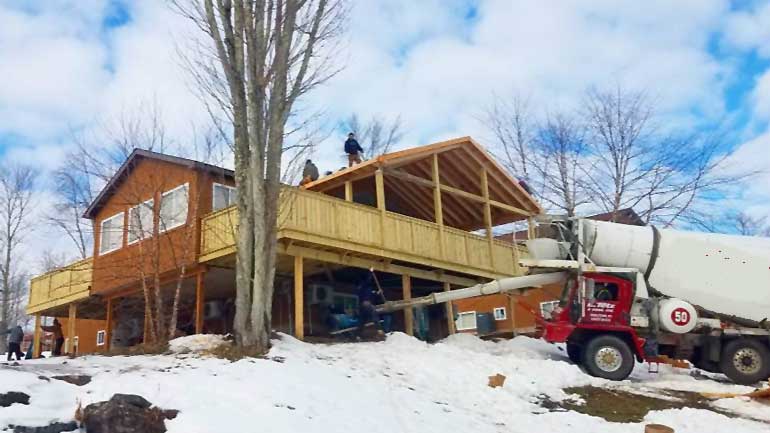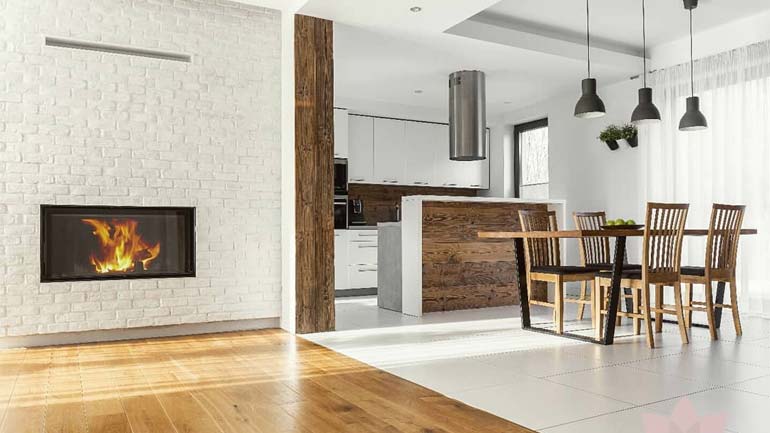
Living in cold climates has its pros, and it has its cons. One area that can present problems is in the construction/building. The cold weather can cause different challenges in not only what materials to use, but also how you need to use them when the temperatures start to drop. While there are many different areas that cold weather can cause problems, there are some that can go overlooked. These are the concrete pouring and curing process, roofing, and plumbing.
With proper knowledge and foresight, these problems can be dealt with and your job can get done, and stay in great shape for years to come.
1. Foundation
Concrete makes up the foundation of your home or building. It is important to make sure it is done right because repairs for this damage are very costly. The pouring and curing process for concrete is very important to ensure that it will hold up over time. It can be tricky enough in the best of situations, and pouring in cold weather only makes it harder.
For concrete to be at full strength, it needs to cure properly. If the temperatures cause the concrete to freeze before it is fully cured, it can lose up to 50% of its final strength. This can lead to many structural problems in your home. It is important that the proper precautions are taken.
A common practice is setting up heat enclosures. Most often these enclosures are made of canvas or wood, these help keep the freezing winds from affecting the cure. Depending on the situation, heaters may be brought in. These heaters direct warm air to the poured section to keep the temperatures consistently above freezing.
Make sure that the necessary precautions are made when setting concrete in your foundation or yard during the winter months.
2. Roofing
Living in a cold climate makes you consider more than just curb appeal when choosing your new roof. Making sure you have the right room will help with keeping your house warm, and keeping snow from accumulating. There are many popular roofing materials to choose from.
One of the most popular is metal roofing. Metal roofing is inexpensive, durable. And they can withstand the elements. Metal roofing allows snow to easily slide off of the roof. This helps prevent leaks from snow buildup.
Another one of the most common materials used for roofing is asphalt. Like metal roofing, asphalt roofing is inexpensive, easy to use, and works well for keeping your house warm. For the price, it can be one of the best choices.
There are other choices to look into depending on your situation. These two roofing options are the most popular, consistent, and cost effective ones for you to choose from.
3. Plumbing
Plumbing problems in the winter can be a serious hassle and can be expensive to fix. One of the main problems we see with plumbing problems in the winter is frozen pipes. These frozen pipes cause a blockage in your system that can cause serious damage. If a pipe freezes it can cause the pipes to burst.
Plumbing jobs can be an expensive initial cost, but they can help ensure you will not encounter problems during the winter months. It is important to make sure that you have the proper pips fitted to work with your system. It is also recommended that you conduct routine maintenance on your system to make sure that there are no issues leading into the winter season.
Conclusion:
These three areas of your home may not be the only ones you have to heal with when the weather takes a turn. These are areas that can go unattended and cause problems that you may not have thought about. Concrete, roofing, and plumbing should be looked into. Hopefully with this information it can help you make more informed decisions about how to make your house more resilient to the cold weather.




